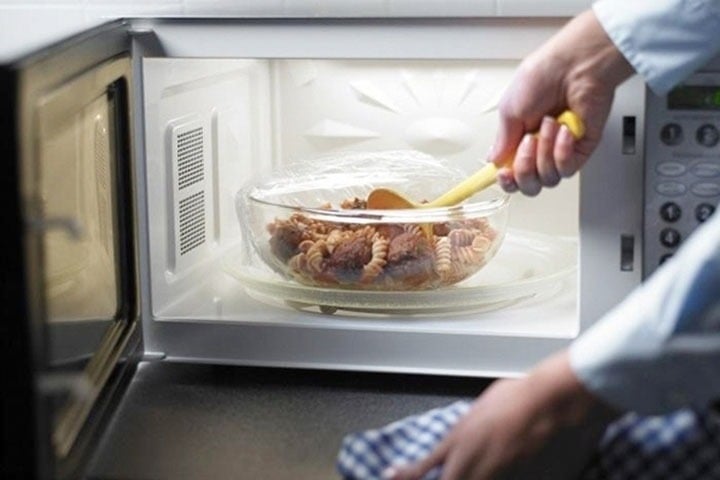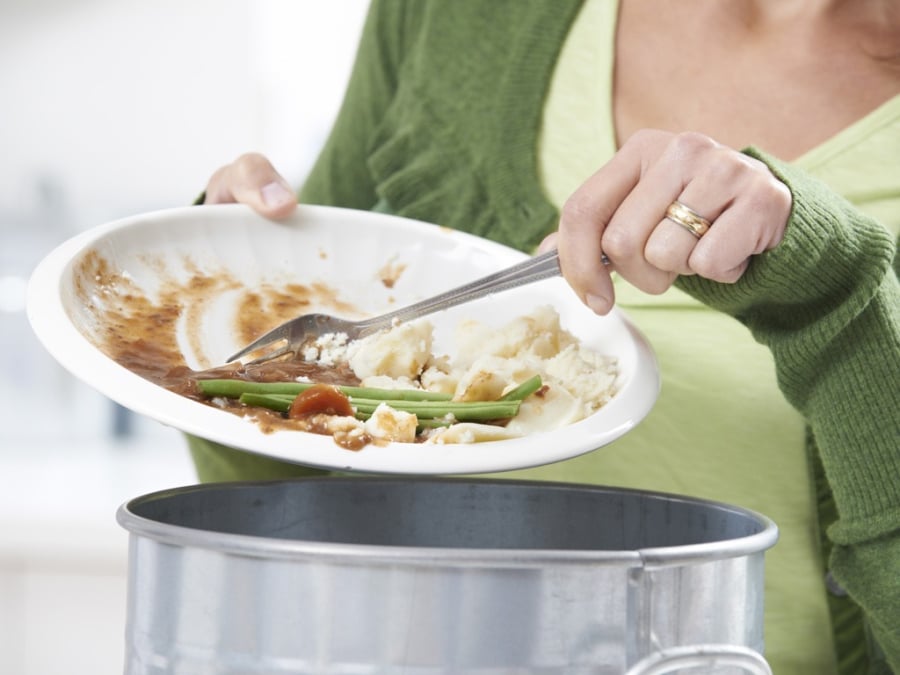Many people hesitate when they find leftover food in the fridge, unsure whether to discard it or eat it. However, leftover food is not always harmful – it’s all about proper storage. If you follow these four essential rules, you’ll easily know which foods to keep, which to toss, and how to store them safely:
1. Cool and refrigerate promptly
Leaving food at room temperature for extended periods promotes bacterial growth and spoils the meal. Cooked dishes should not be left out for more than two hours. Quickly cool and store them in the fridge at a temperature below 5°C.
Transfer the food to clean, cool containers. Use open bowls or plates to enhance heat dissipation. For dishes with liquids, stir to cool them faster; for large pieces of meat, cut them into smaller portions before storage.

2. Don’t keep leftovers in the fridge for too long
Even with refrigeration, bacteria can slowly multiply and compromise food safety. Leftovers should not be kept for more than three days, and it’s best to reheat them only once.
Consider labeling containers with storage dates for easier monitoring. Additionally, try to cook just enough for the number of people you’re serving to minimize leftovers.
3. Defrost properly in a cold environment
Avoid defrosting frozen food at room temperature, especially large chunks of meat, as prolonged defrosting time encourages bacterial growth.
While defrosting in the microwave is an option, it’s best to cook the food immediately afterward, as some parts may remain warm, creating an ideal environment for bacteria. The recommended method is to defrost in the fridge or a cool place.

4. Reheat to a safe temperature before consuming
Before consumption, ensure that leftover food is reheated thoroughly to a minimum temperature of 60°C.
For perishable foods like meat, seafood, eggs, and dairy, even when properly stored, reheat them to at least 60°C before eating. Most bacteria cannot survive at this temperature.
In summary, proper food storage at safe temperatures reduces the risk of foodborne illnesses. However, if you cannot ensure these storage conditions, it’s best to prioritize fresh ingredients and cook just enough for immediate consumption to maintain optimal health and safety.






























